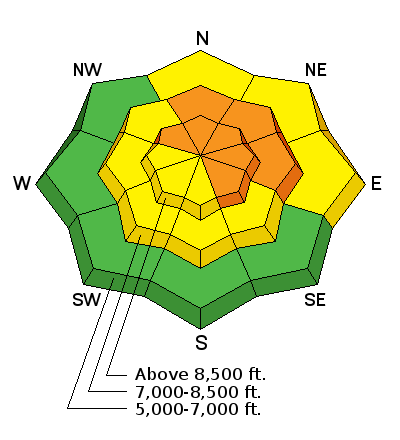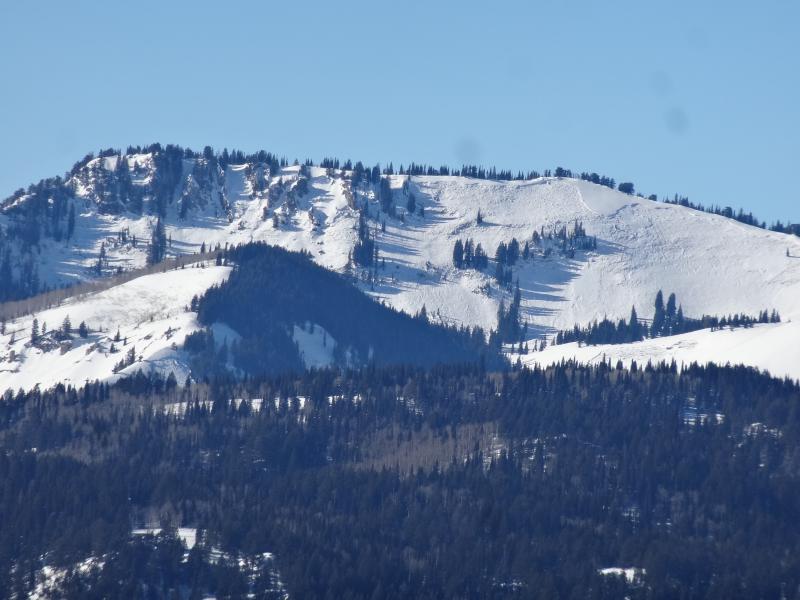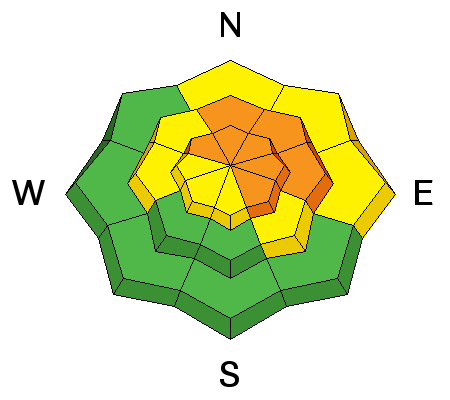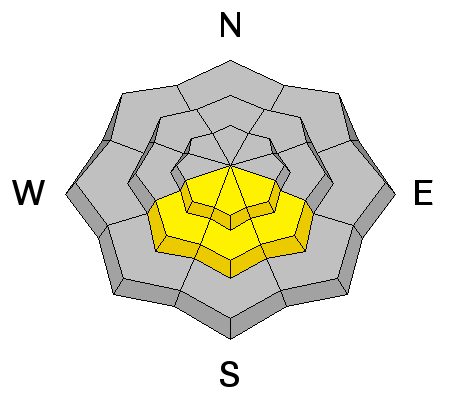Forecast for the Logan Area Mountains

Monday morning, January 20, 2014
There is a Level 3 or CONSIDERABLE danger in the backcountry, and you could trigger very dangerous triggered deep slab avalanches on steep drifted upper elevation slopes with poor snow structure that have not already avalanched. Upper elevation north, northeast, and east facing slopes appear to be the most dangerous, and you could trigger dangerous avalanches remotely, meaning from a distance or below. Triggered wet avalanches will become possible on some steep sunny slopes with midday warming. Careful snowpack evaluation, cautious route-finding, and conservative decision making will be essential for safe travel in the backcountry. Continue to avoid and stay out from under steep drifted slopes that have not yet avalanched.











